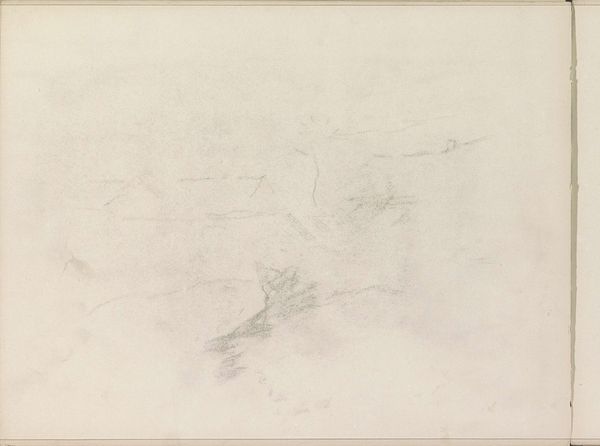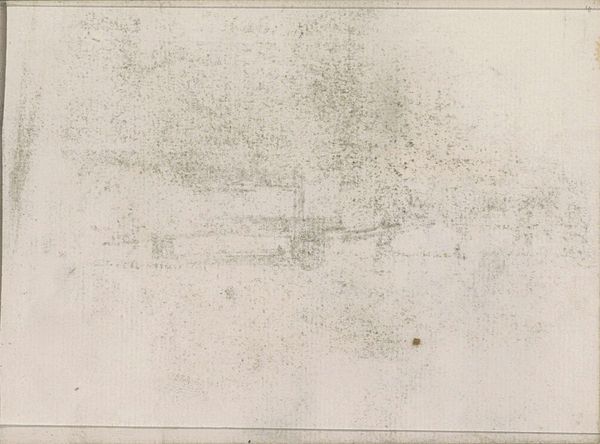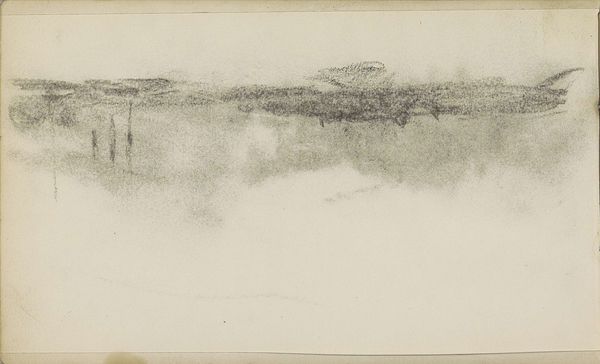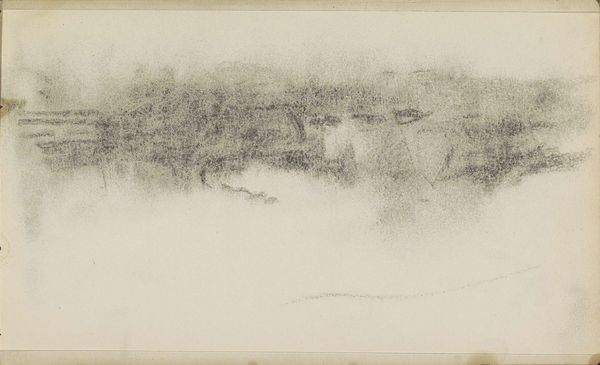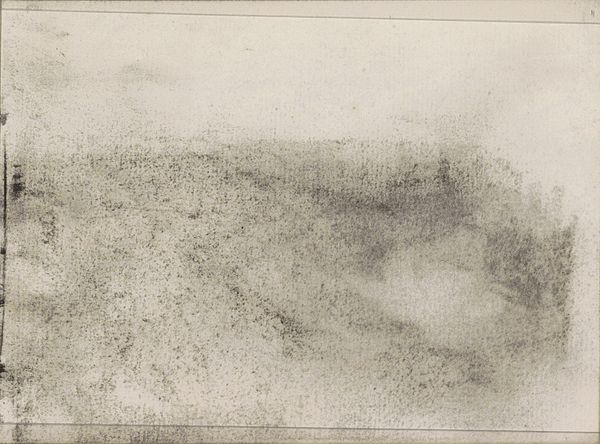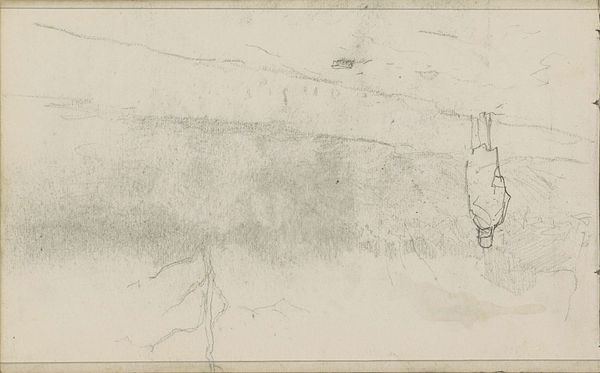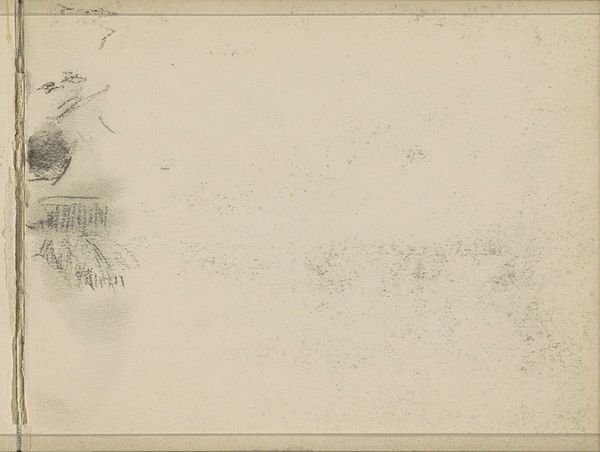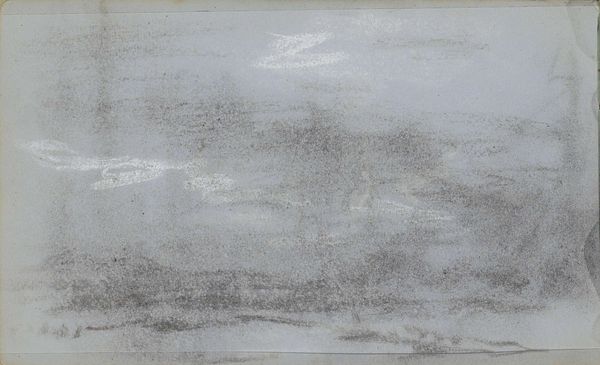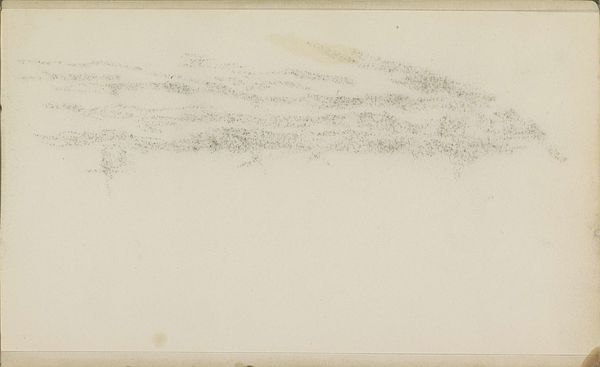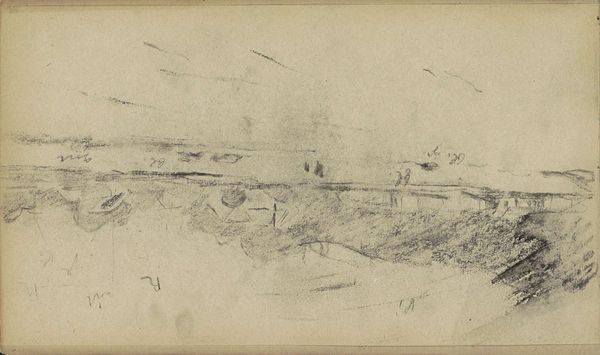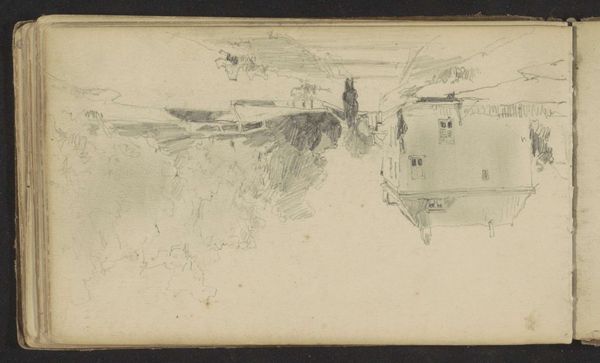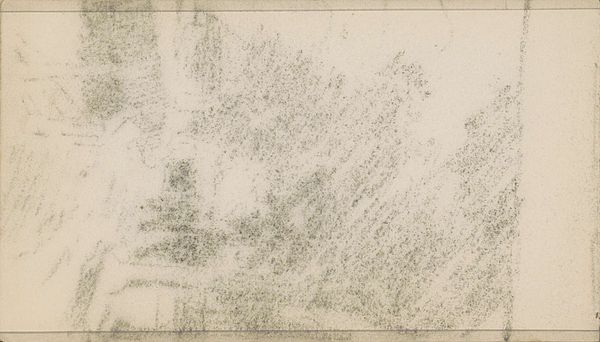
#
pencil drawn
#
photo of handprinted image
#
amateur sketch
#
light pencil work
#
pencil sketch
#
incomplete sketchy
#
etching
#
pen-ink sketch
#
pencil work
#
watercolor
Copyright: Rijks Museum: Open Domain
Editor: This is Johan Antonie de Jonge’s "Landschap" from 1909, rendered in pencil. It feels… unfinished, almost like a fleeting memory of a landscape. What do you see in this piece? Curator: I see more than just an unfinished landscape. Consider the historical context. 1909 was a period of rapid industrialization. This sketchy, almost ethereal landscape, becomes a subtle act of resistance. A yearning for the pastoral, for a connection to the land that was rapidly disappearing, particularly within the Dutch context of reclaiming land. Editor: Resistance? I wouldn't have thought of it that way. I was focused on the… absence in the work. The emptiness. Curator: Precisely. The "emptiness" you perceive is loaded. Where do we see this absence manifest? Look at the large area of undifferentiated space on the lower section of the work. The artist positions us at eye level with this field of potential; that is also the area most susceptible to destruction and development. De Jonge’s work subtly critiques societal priorities and challenges us to question progress at the expense of the environment. How does that reframing change your perspective? Editor: It makes me see the quietness of the piece as more intentional. It is not an absence but a quiet call to action, a lament perhaps. Thanks, that gives me a lot to consider. Curator: Exactly. Art has the ability to foster awareness and dialogue. It can bring about a deeper understanding of the interconnectedness between humanity and nature and our environment at large. Editor: I'll definitely look at landscape art differently now. Thanks!
Comments
No comments
Be the first to comment and join the conversation on the ultimate creative platform.
